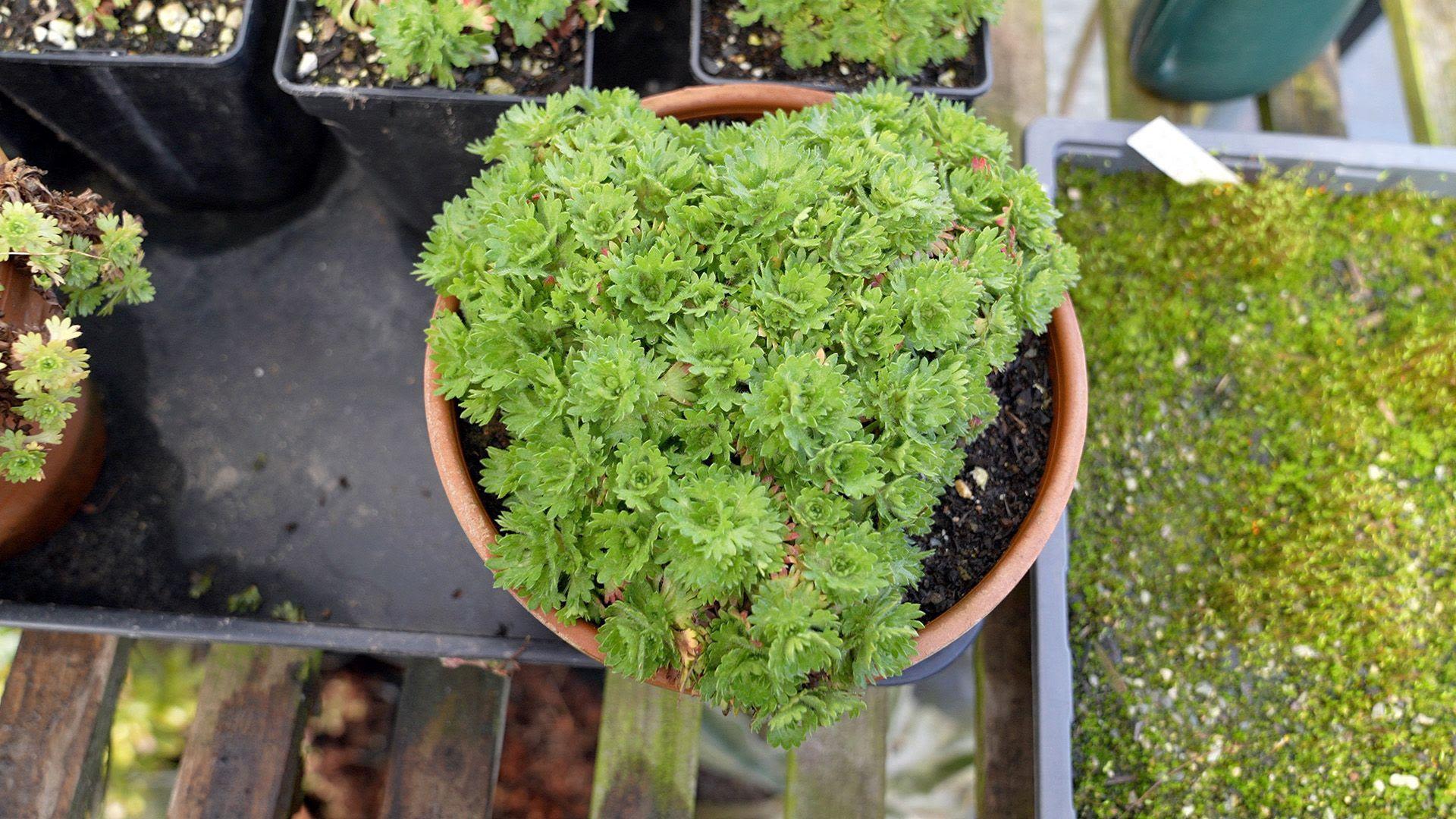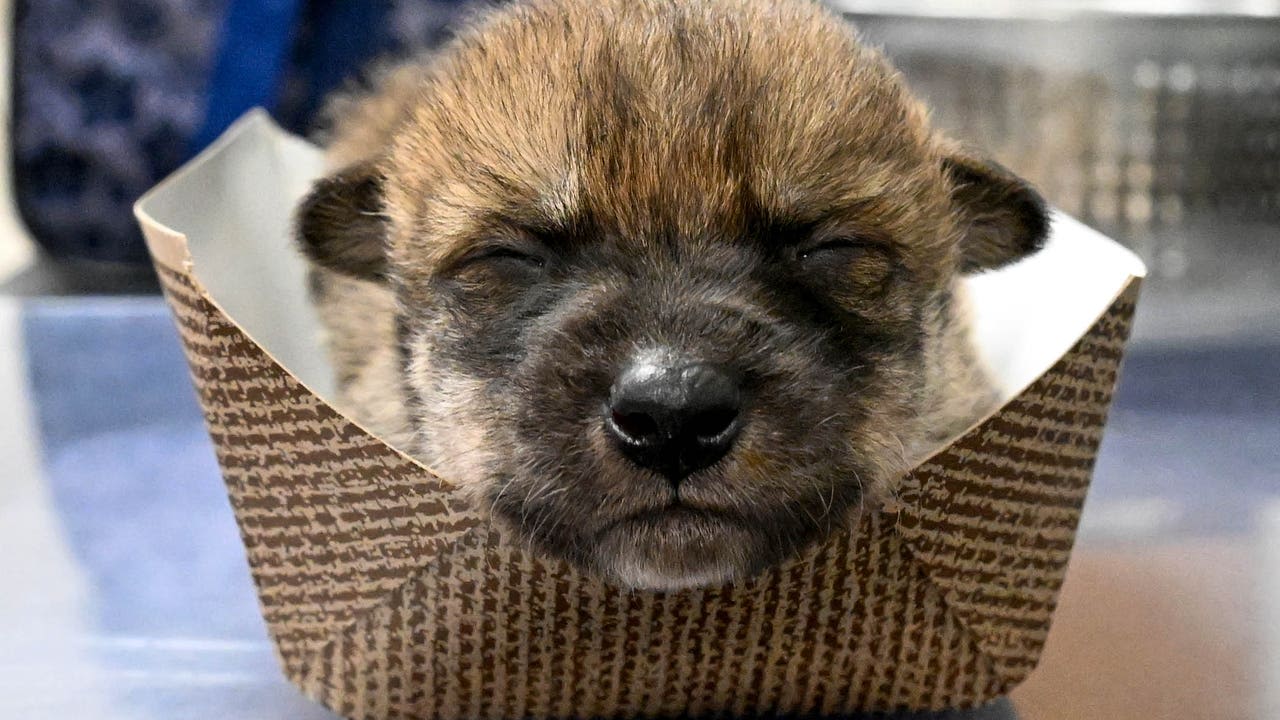Search results
blogs.otago.ac.nz
When a species disappears
- When a species disappears, biologists say that the species has become extinct. By making room for new species, extinction helps drive the evolution of life. Over long periods of time, the number of species becoming extinct can remain fairly constant, meaning that an average number of species go extinct each year, century, or millennium.
www.nationalgeographic.org › encyclopedia › extinction
People also ask
How many species are extinctions a year?
What does extinction mean in ecology?
Is extinction natural?
What causes extinction of a species?
- Overview
- Six mass extinctions
- What can we do about it?
Extinctions happen when a species dies out from cataclysmic events, evolutionary problems, or human interference.
The truth is, scientists don’t know how many species of plants, animals, fungi, and bacteria exist on Earth. The most recent estimate put that number at 2 billion, and that will most likely change at some point.
One thing we do know: The western black rhinoceros, the Tasmanian tiger, and the woolly mammoth are among the creatures whose populations at one point dwindled to zero, and it’s possible that species extinction is happening a thousand times more quickly because of humans.
Extinction happens when environmental factors or evolutionary problems cause a species to die out. The disappearance of species from Earth is ongoing, and rates have varied over time. A quarter of mammals is at risk of extinction, according to IUCN Red List estimates.
To some extent, extinction is natural. Changes to habitats and poor reproductive trends are among the factors that can make a species’ death rate higher than its birth rate for long enough that eventually, none are left.
Humans also cause other species to become extinct by hunting, overharvesting, introducing invasive species to the wild, polluting, and changing wetlands and forests to croplands and urban areas. Even the rapid growth of the human population is causing extinction by ruining natural habitats.
Fossils show that there have been five previous periods of history when an unusually high number of extinctions occurred in what are known as mass extinctions. Most of the Earth’s species went extinct roughly 266 million to 252 million years ago in the Permian extinction.
Those losses, however, also paved the way for dinosaurs to evolve into existence, as mass extinctions create a chance for new species to emerge. Dinosaurs met their end about 65 million years ago in another mass extinction at the end of the Cretaceous period. A large crater off of Mexico’s Yucatán Peninsula suggests that an asteroid most likely struck there. Scientists believe that volcanic eruptions in India caused global warming that also may have contributed to the mass extinction.
Scientists are debating whether Earth is now in the midst of a sixth mass extinction. If so, it may be the fastest one ever with a rate of 1,000 to 10,000 times the baseline extinction rate of one to five species per year. Humans are largely responsible for the striking trend. Scientists believe that pollution, land clearing, and overfishing might drive half of the planet’s existing land and marine species to extinction by 2100.
Slowly increasing surface temperatures caused by heightened levels of greenhouse gases likely will cause many species to move toward the Earth’s poles and higher up into the mountains to stay in habitats with the same climates. But not all species will be able to adapt quickly enough to stave off extinction and many are expected to perish.
Using fewer fossil fuels by lowering the thermostat, driving less frequently, and recycling is one good way to slow the rate of extinctions. Eating less meat and avoiding products, like ivory, that are made from threatened species also can make a difference. At home, securing garbage in locked cans, reducing water usage, and refraining from using herbicides and pesticides can protect local wildlife.
See all National Geographic videos on wildlife conservation here.
Oct 19, 2023 · Extinction is the complete disappearance of a species from Earth. Learn about the causes, effects, and examples of mass extinctions in the history of life on Earth, and the current threat of human-induced extinction.
Apr 23, 2024 · Extinction, in biology, is the dying out or extermination of a species. It occurs when species are diminished because of environmental forces (natural or human-made) or because of evolutionary changes in their members. Learn more about mass extinctions and modern extinctions.
A species is extinct when the last existing member dies. Extinction therefore becomes a certainty when there are no surviving individuals that can reproduce and create a new generation.
News about extinct, cicadas, Gigantopithecus blacki
News about California, Los Angeles Zoo, Argentina
Also in the news
May 29, 2019 · May 29, 2019. • 7 min read. Extinction is a natural phenomenon: After all, more than 90 percent of all organisms that have ever lived on Earth aren’t alive today. But humans have made it worse,...
Extinction is the death of all members of a species of plants, animals, or other organisms. One of the most dramatic examples of a modern extinction is the passenger pigeon. Until the early 1800s, billions of passenger pigeons darkened the skies of the United States in spectacular migratory flocks.
Jan 13, 2021 · January 13, 2021. 10 min read. What We’ve Lost: The Species Declared Extinct in 2020. Dozens of frogs, fish, orchids and other species—many unseen for decades—may no longer exist because of...


